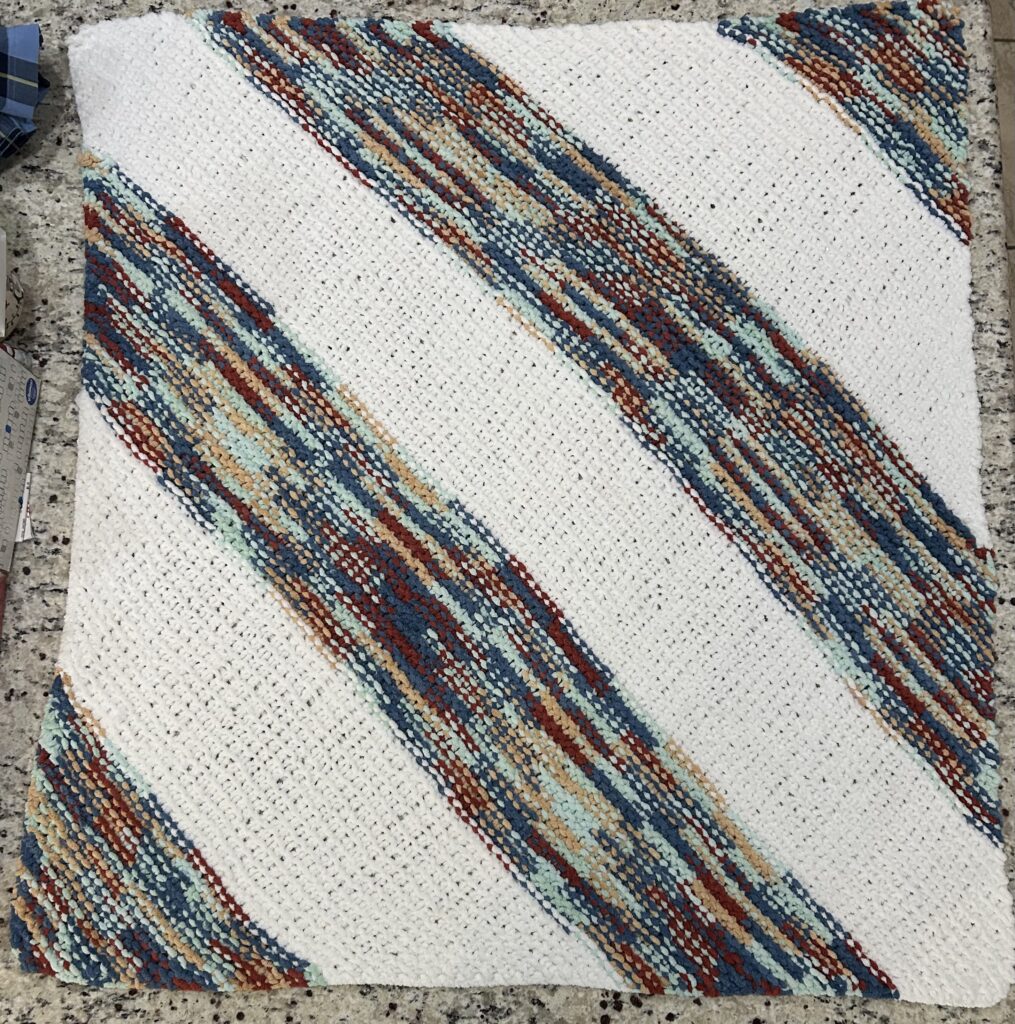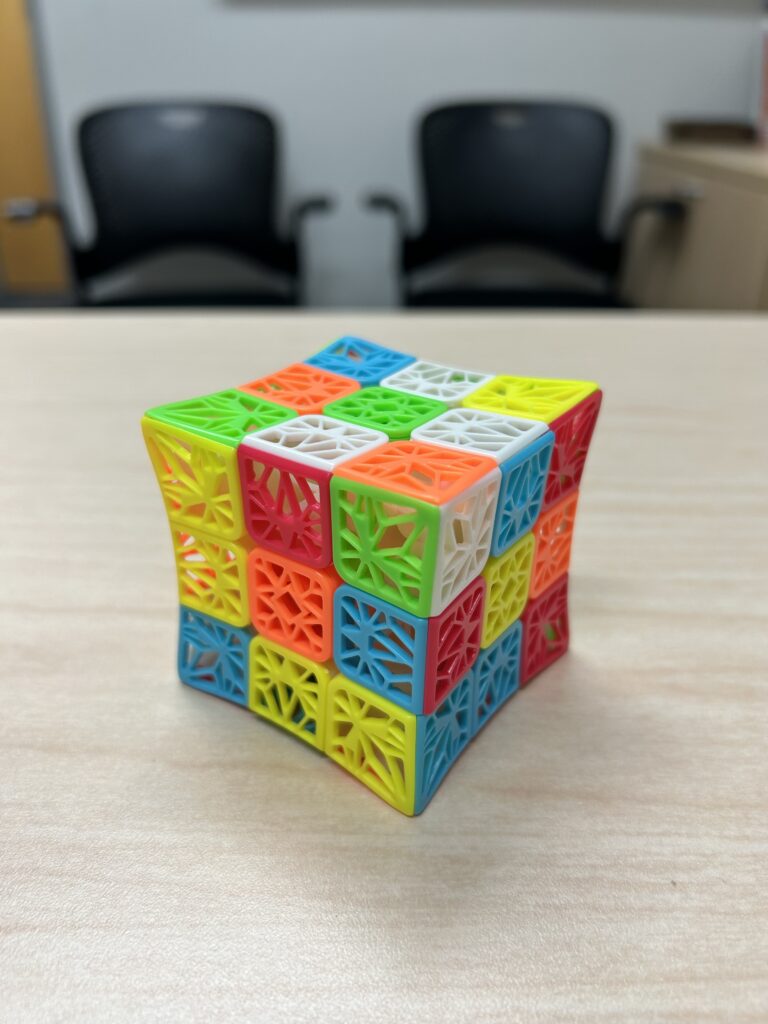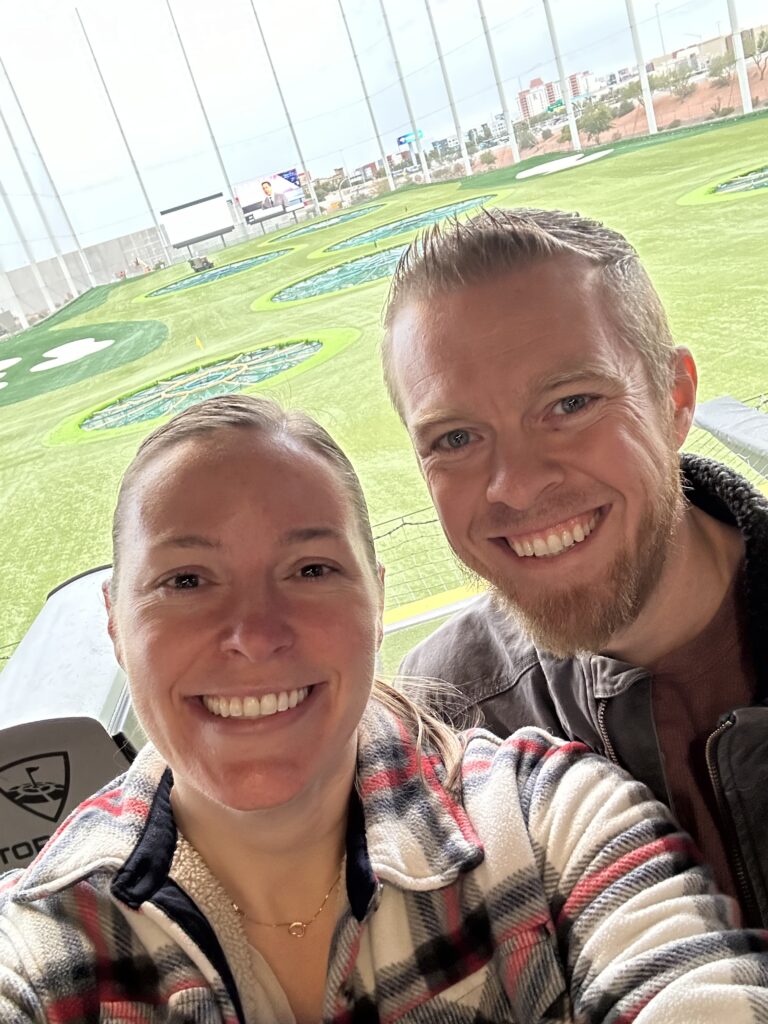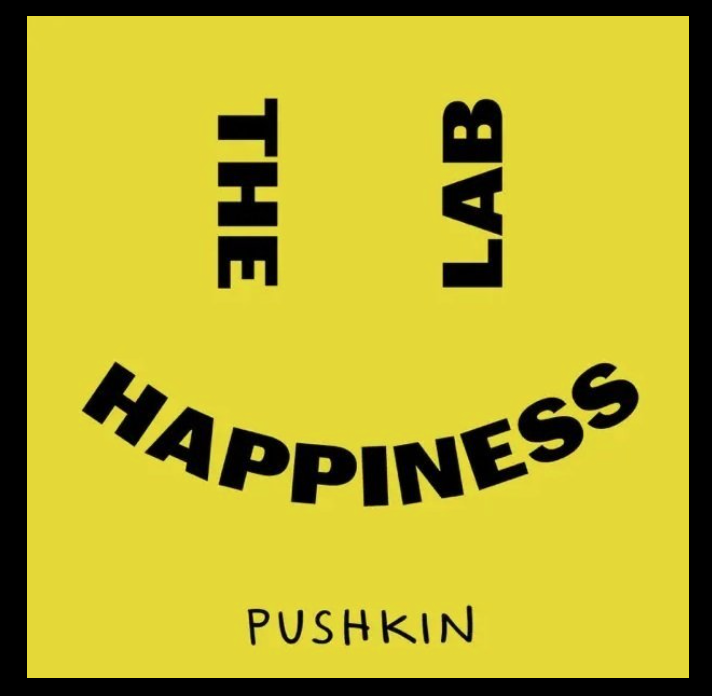Life definitely feels like these goats on a thin sheet of metal at times. You never know if you are going to stay up or come crashing down. One of the things that has greatly impacted my balance in a good way, is knowing the size and shape of my plate (the proverbial plate on which everything I do rests). Discovering the size and shape of my plate was a process for me and I had help along the way.
During my probationary period, my wise mentor Polly Laubach realized I had a problem of saying yes to too many things. This “say yes” problem caused a major imbalance which had my plate running over. I felt like I was exceeding the size and shape of the plate I had to offer. Polly identified this problem significantly faster than I did which is one of the reasons she is a great mentor. She was paying attention to me and noted all the things I was doing. Polly’s remedy for this problem was simple, say no. Trust me when I say that we actually practiced saying no. She would run a scenario and provide me the opportunity to say no. We also practiced at the end of our meetings together which was a great way to help me practice saying no.
I am going to be honest, I do not like to say no. Which is why I do not say no, rather I say:
- What are the deliverables of the project?
- When do you see this project being completed?
- What days and times would the committee meet?
- What are the expectations of the committee members?
- How often would you want to meet to complete this project?
- How will the product we create or project we complete be used in the future?
All of these questions have led me to being better at selecting which project, committees, and other opportunities I say yes to.
Sometimes my balance might look like this where everything is balanced even if there are lots of cups or tasks or commitments but the important part is balance. Everyone’s plate is a different size and shape so take on what you can within your limits.





